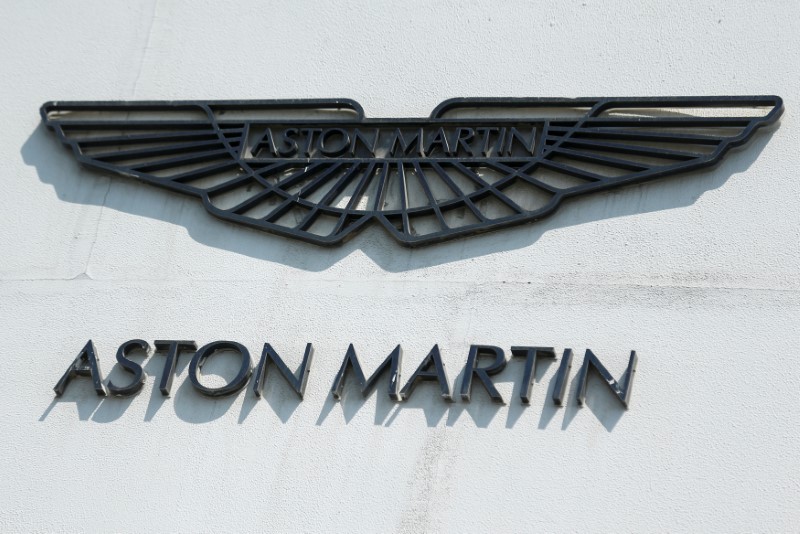Eos Energy stock falls after Fuzzy Panda issues short report
Investing.com -- Aston Martin Lagonda Global Holdings Plc (LON:AML) on Monday said it now expects total wholesale volumes for 2025 to fall by a mid-to-high single-digit percentage compared with 2024, citing weaker demand in North America and Asia-Pacific and continued tariff pressures.
The British luxury carmaker delivered about 1,430 wholesale units in the third quarter of 2025, below the 1,641 units in the same period last year and below prior guidance that volumes would be broadly similar.
The shortfall reflected weaker-than-expected demand in North America, impacted by tariffs, and in Asia-Pacific, including Greater China. Retail volumes in Q3 were in line with wholesales.
Aston Martin said deliveries of its Valhalla supercar will begin in Q4 2025, with about 150 units expected. This is later than earlier forecasts, due to timing impacts from engineering completion and homologation approvals.
The company flagged additional risks to delivery schedules from a potential U.S. federal government shutdown and uncertainty linked to the U.S. tariff quota system.
The company launched new core derivatives in Q3, including the Vanquish Volante, and plans to begin deliveries of the new Vantage S and DBX S in Q4 2025, which the company said have received strong early media reviews.
Aston Martin completed the sale of shares in AMR GP in Q3 2025, generating about £108 million in gross proceeds, and ended the quarter with total liquidity of about £250 million.
The company now expects adjusted EBIT for 2025 to be below the lower end of market consensus, previously set at a loss of £110 million, and no longer expects positive free cash flow in H2 2025.
Capital expenditure is now forecast at about £375 million, down from £400 million, while selling, general and administrative expenses are expected to fall by about 10% compared with 2024.
Aston Martin said the global macroeconomic environment remains challenging, citing the impact of U.S. tariffs and the quota mechanism, changes to China’s ultra-luxury car taxes, and potential supply chain pressures, including risks from a recent cyber incident at a major U.K. automotive manufacturer.
The company said it expects sequential improvement in Q4 2025, driven by increased core volumes and initial Valhalla deliveries.
However, full-year volume guidance has been lowered, with most reductions related to North America and Asia-Pacific.
Looking to 2026, Aston Martin expects profitability and free cash flow to improve materially, supported by consistent Valhalla deliveries and cost reduction programs.
Management said it is reviewing future costs, capital expenditures, and the product cycle, with expected engineering and development investment of about £2 billion from 2025–2029.
Aston Martin also said the introduction of the U.S. tariff quota mechanism limits its ability to forecast volumes for the year and potentially for future quarters. The company continues to engage with U.S. and U.K. governments to address these challenges.
